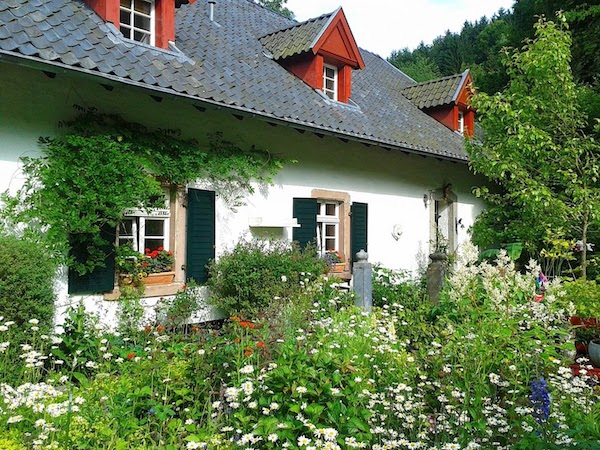As human civilization grows and expands, wildlife is pushed further and further out or is forced to adapt. With a few simple tips, you can invite birds, butterflies, frogs, lizards, and other wildlife back into your garden with a few simple tips. There are five critical elements to turning your beautiful backyard into a wildlife habitat: food, water, cover, places to raise young, sustainable practices.
Please keep reading to learn some simple tricks to turn your backyard into a wildlife habitat.
Food and Water
Choosing proper landscaping and gardening for wildlife doesn’t have to be complicated. Providing adequate food and water for native wildlife can be simple and easy.
Most wildlife native to your area enjoy local plants, which provide nectar, seeds, berries, and insects that they can eat. In addition, native plants will grow best in your garden as they are suited to your area’s climate and soil. Hanging feeders up can also help provide food and supplements to natural diets.
Most wildlife need water, whether for drinking, bathing, or breeding. Providing a water bath, pond, stream, or other water feature is an excellent addition to any backyard and helps create a calming atmosphere.
If you’re doing a massive renovation of your backyard into a wildlife habitat, be sure to use construction mats. Using composite crane mats outdoors is vital to help protect the ground underneath from heavy machinery and create a path for machinery during inclement weather. Make sure to look for composite mats instead of wood or wood-like ones so you don’t have to carry as much weight.

Shelter
Planting native plants can assist with this, but other means of shelter include hanging birdhouses or bat boxes, planting trees, and creating landscapes or places for wildlife to hide with rocks, logs, and even broken pots.
A lawn doesn’t provide many shelters for wildlife to hide or raise young, so offering other forms of protection is wise. Even removing part of your lawn and replacing it with shrubs, bushes, garden beds, or tall grasses would be greatly appreciated by your local fauna.
Sustainability
One of the best ways to create a more sustainable backyard and garden is to choose native plants to include in your habitat. They will naturally grow best in your soil and climate.
For your sake and enjoyment of your backyard, it may be a good idea to include some mosquito repelling plants in your garden. Natural mosquito repellent is much safer for wildlife than spraying pesticides.
In addition, implementing sustainable water practices will help your garden and the planet in the long run. Choosing drought-resistant plants, using mulch, setting up a rainwater capture system, and using drip irrigation techniques are great ways to conserve water. It is best not to rely on inefficient and wasteful sprinklers.
Wrap Up
Creating a wildlife habitat in your backyard doesn’t have to be complicated or expensive. By choosing sustainable practices and adding sources of food, water, and shelter for local wildlife, you can create a backyard oasis. Before you know it, you will be on your way to a Certified Wildlife Habitat!